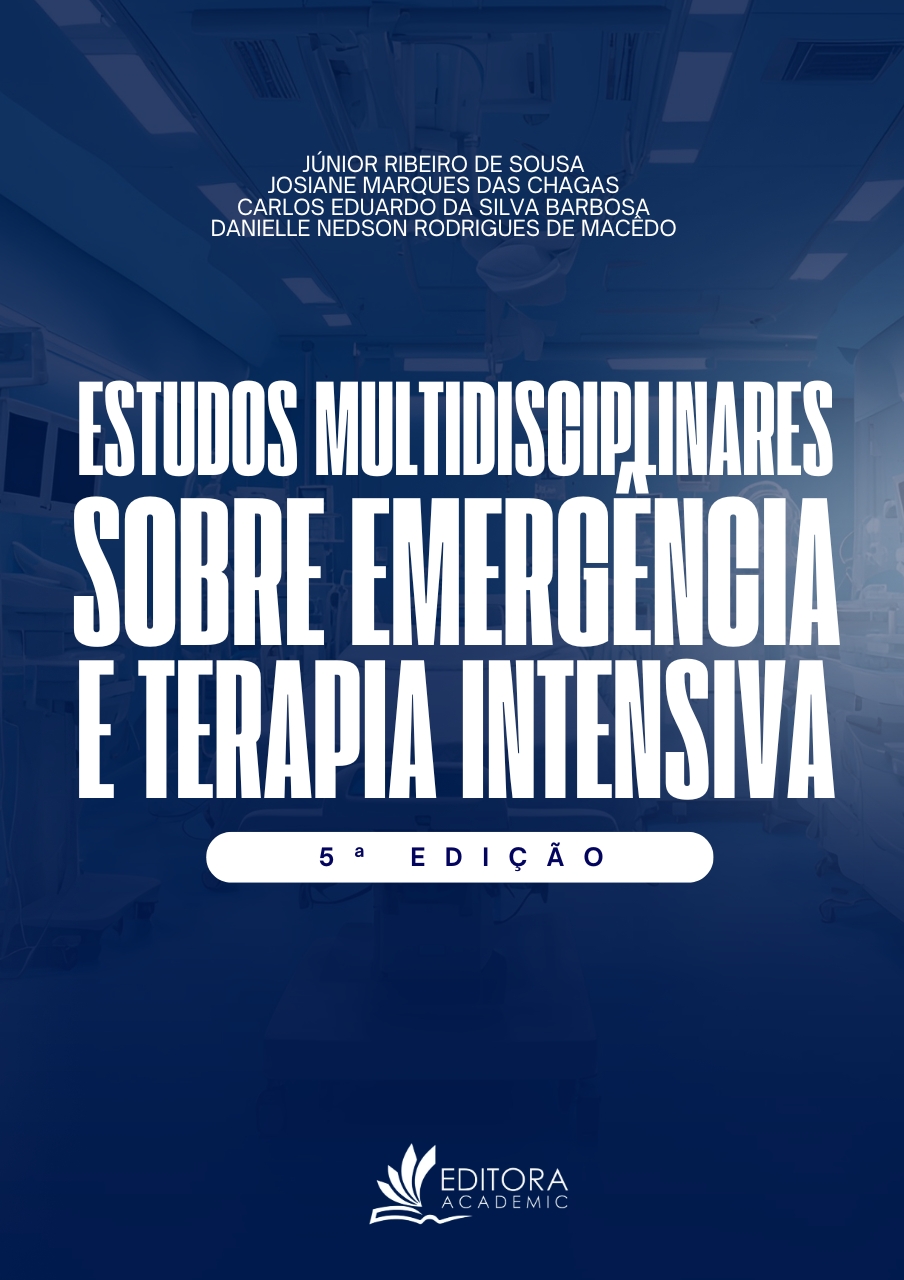
Objetivo: Este capítulo tem como objetivo analisar protocolos e estratégias de comunicação de más notícias, com ênfase no cuidado paliativo, buscando estruturar e humanizar esse processo em contextos emergenciais, marcados pela urgência, escassez de tempo e ausência de vínculo prévio entre médico e paciente. Metodologia: Foi realizada uma revisão bibliográfica com base nos descritores Communication, Emergency Room e Bad News na base de dados PubMed, além da análise de livros de instituições como a Faculdade de Medicina da Universidade de São Paulo (FMUSP) e o Hospital Israelita Albert Einstein. Foram estudados protocolos como SPIKES, BREAKS, PEWTER, The 10 Steps McGuigan, SHARE, COMFORT e Keefer-Cooperman. Resultados e Discussão: A análise demonstrou que os protocolos SPIKES, PEWTER e BREAKS se destacam no ambiente emergencial por sua objetividade e por não dependerem de um vínculo prévio com o paciente. Além da aplicação dessas ferramentas, o uso de estratégias verbais, não verbais e paraverbais mostrou-se essencial para uma comunicação empática e eficaz. Outro ponto importante é o reconhecimento e manejo dos mecanismos de defesa frequentemente acionados pelos pacientes, como negação, racionalização e projeção, que, quando identificados, permitem uma abordagem mais acolhedora e sensível. Considerações Finais: Conclui-se que os protocolos fornecem uma base valiosa para a comunicação em emergências, contribuindo para a preservação da dignidade do paciente e a otimização do tempo clínico. No entanto, estratégias complementares, como a leitura do comportamento não verbal e a escuta ativa, são fundamentais para uma comunicação verdadeiramente humanizada. Espera-se que este capítulo incentive reflexões e capacitações que fortaleçam a atuação sensível e competente dos profissionais de saúde.